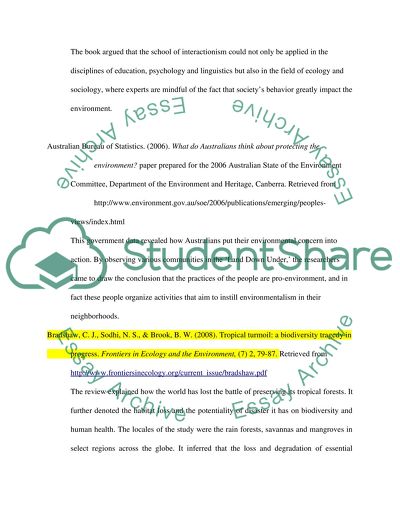Cite this document
(“Bibliography on Human Impact on Global Warming Annotated”, n.d.)
Retrieved de https://studentshare.org/agriculture/1417815-bibliography-on-human-impact-on-global-warming
Retrieved de https://studentshare.org/agriculture/1417815-bibliography-on-human-impact-on-global-warming
(Bibliography on Human Impact on Global Warming Annotated)
https://studentshare.org/agriculture/1417815-bibliography-on-human-impact-on-global-warming.
https://studentshare.org/agriculture/1417815-bibliography-on-human-impact-on-global-warming.
“Bibliography on Human Impact on Global Warming Annotated”, n.d. https://studentshare.org/agriculture/1417815-bibliography-on-human-impact-on-global-warming.


